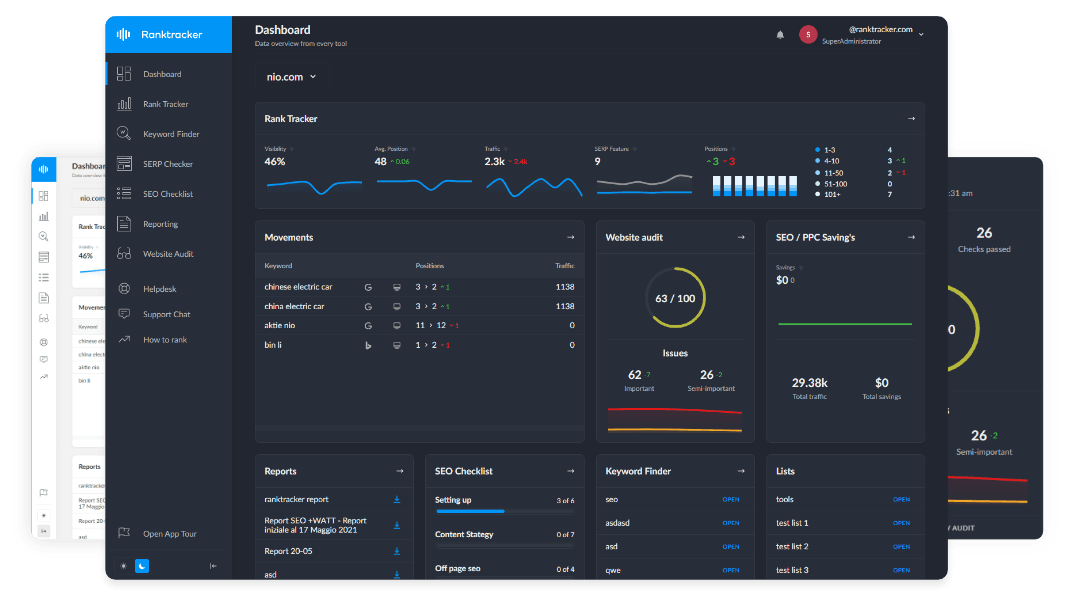Intro
How to Future-Proof Your SEO and Stay Ahead of Google’s AI Evolution
The introduction of Google AI Overview marks a turning point in how search works—and how SEOs need to think. As the world’s most powerful search engine relies more on generative AI to summarize, cite, and recommend content, classic tactics alone are no longer enough. The new winners are the brands that adapt, innovate, and align their strategy with the realities of AI-powered discovery.
Here’s how to build a modern, resilient SEO strategy for 2025 and beyond.
1. Shift Your Mindset: From Ranking to Authority & Visibility
Classic SEO focused almost exclusively on moving up the rankings for target keywords. In the AI Overview era, you must expand your goals:
-
Aim for both citations in AI Overviews and strong organic rankings.
-
Prioritize topical authority: Become the “go-to” resource in your niche, not just a competitor for top positions.
-
Track both rankings and citations: Use analytics to monitor where you’re being referenced by AI, not just where you rank.
2. Build Content That Serves Humans and AI
-
Write answer-first, highly structured content: Make it easy for Google’s AI to extract and summarize your key insights.
-
Address every angle of the user’s intent: Anticipate follow-up questions, provide context, and offer “next step” resources.
-
Mix content types: Blend guides, how-tos, opinion pieces, videos, infographics, and interactive tools to serve multiple needs.
3. Keep Your Content Fresh and Relevant
-
Schedule regular audits of high-value pages: Refresh stats, trends, and recommendations at least quarterly.
-
Monitor industry changes: Respond quickly to new developments, algorithm updates, or trending queries.
-
Use “last updated” signals: Make it clear that your content is current—Google’s AI favors fresh information.
4. Double Down on E-E-A-T and Brand Building
-
Showcase real expertise: Use author bios, credentials, and transparent sourcing.
-
Strengthen trust signals: Prominently display contact info, privacy policies, and editorial standards.
-
Promote your brand on and off your site: PR, reviews, podcasts, and partnerships all feed into entity recognition and trust.
5. Leverage Structured Data and Schema
-
Mark up your FAQs, how-tos, articles, and products with schema: This helps Google’s AI understand and cite your content.
-
Monitor for new schema types: As Google evolves its AI capabilities, adopting new structured data quickly can give you a visibility edge.
6. Diversify Your Traffic Sources
-
Grow your owned channels: Build a newsletter, YouTube channel, or community forum so you’re less dependent on Google for every visit.
-
Tap into social and referral networks: Collaborate, share, and guest post to increase your digital footprint and authority.
7. Measure the Metrics That Matter
-
Track both classic rankings and AI Overview citations: Use Ranktracker and other SEO tools to monitor your presence.
-
Analyze changes in CTR and organic traffic: Segment keywords impacted by AI Overview versus those that are not.
-
Watch for brand and direct traffic spikes: AI Overview citations may increase recognition even if CTR drops for some queries.
8. Experiment and Stay Agile
-
Test new formats: Try checklists, expert roundups, “people also ask” style answers, and unique visuals.
-
Monitor SERP changes: Keep a close eye on how AI Overview is evolving in your vertical.
-
Be ready to pivot: SEO in 2025 will reward those who adapt quickly and invest in ongoing learning.
The Bottom Line
Adapting to Google AI Overview is about more than “optimizing for the next update”—it’s about embracing a new philosophy of search. Build a brand known for expertise, trust, and value. Create content that answers questions better than anyone else. And use every tool at your disposal—from Ranktracker analytics to entity optimization—to stay visible in both classic rankings and AI-powered summaries.
By future-proofing your strategy now, you’ll thrive in the new era of search—and stay one step ahead as Google’s AI continues to evolve.

